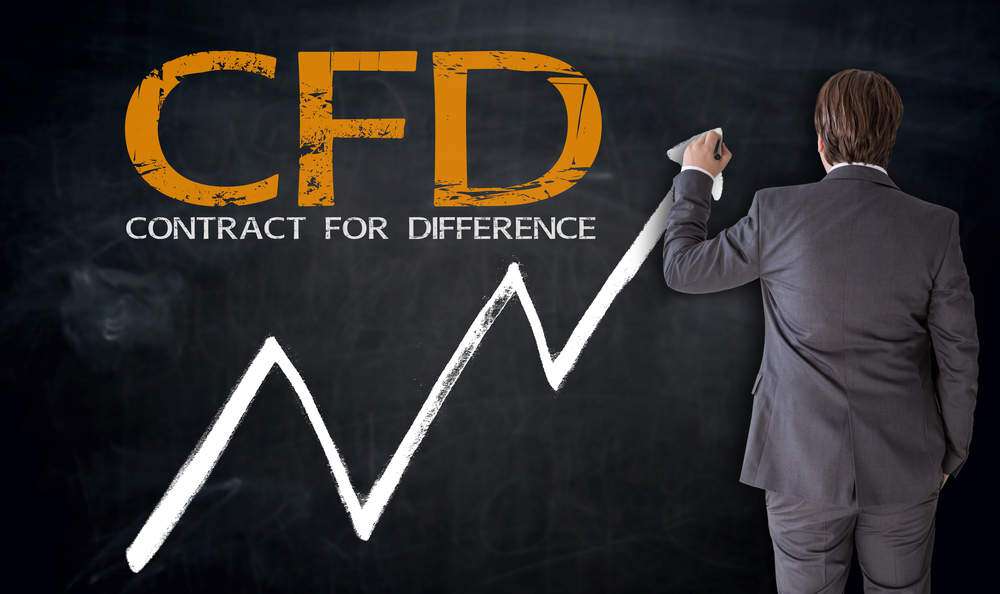What are ETFs?
What are ETFs?
ETFs, or exchange-traded funds, are financial instruments that allow investors to invest in a variety of assets at once. They provide an easy way to invest in stocks, bonds, real estate, and other assets without having to buy each individual asset individually.
ETFs are traded on the stock exchange and can be bought or sold at any time during trading hours. They thus offer a high degree of flexibility compared to traditional investment funds, where investors can only buy or sell shares at certain times.

A big advantage of ETFs is diversification. By investing in an ETF, investors can split their portfolio across a variety of assets, minimizing risk. There are ETFs that focus on specific industries or countries, but also ETFs that offer broader diversification by investing in a variety of companies and industries.
ETFs have gained popularity in recent years and there are now thousands of ETFs on the market. They are seen by many investors as a cost-effective and easy way to diversify their portfolio and invest in a variety of assets.
However, there are also disadvantages of ETFs. Some investors criticize that ETFs can distort the market because they allow large investors to buy or sell large amounts of shares at once. Also, the liquidity of some ETFs may be limited, especially for ETFs that focus on smaller markets or industries.
Overall, ETFs are a popular choice for many investors looking for an easy and cost-effective way to invest in a variety of assets. However, it is important to carefully examine the different ETFs and consider your own risk profile.
How can I invest in ETF?
Investing in exchange-traded funds (ETFs) is a great way to diversify your portfolio and get exposure to a wide range of asset classes and markets. To invest in ETFs, you will need to open a brokerage account with a brokerage firm that offers ETFs. Once you have opened the account, you can research the different ETFs that are available, decide on an investment strategy, and then buy the ETFs you want to invest in. You may also want to set up an automated purchase plan to help you stay on track with your investing goals.
What are leveraged ETFs?
Leveraged ETFs, also known as leveraged ETFs, are ETFs that use leverage to increase the return on their underlying. This means that they either buy the underlying asset with debt or increase their performance through derivatives to achieve higher performance than the underlying asset. An example of a leveraged ETF is an ETF that tracks twice or three times the daily price history of a particular stock index. If the stock index increases by 1%, the leveraged ETF would rise by 2% or 3%. However, if the index falls, the loss of the leveraged ETF will also be correspondingly higher. Leveraged ETFs are usually intended for experienced investors who consciously take their risk and adjust their investment strategy accordingly. However, they are also risky because they are more sensitive to changes in the underlying wealth. If the underlying assets change faster than expected, this can lead to significant losses. It is important to carefully understand the risks before investing in a leveraged ETF.
What is the difference between ETF's and ETN's?
ETFs (Exchange-Traded Funds) and ETNs (Exchange-Traded Notes) are both exchange-traded financial instruments that allow investors to invest in a variety of investment vehicles such as stocks, bonds or commodities. The most important difference between the two is that ETFs own the actual investments they track, while ETNs are merely debt securities issued by an issuer. So, ETFs tend to offer greater security than ETNs because they have actual assets that investors are entitled to.



